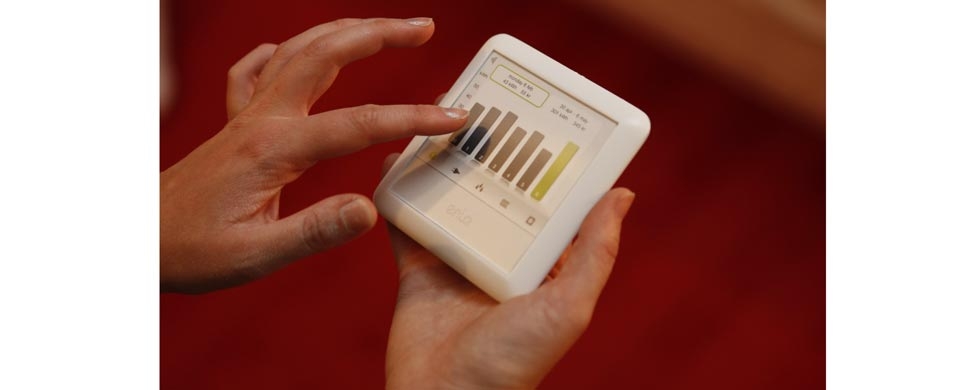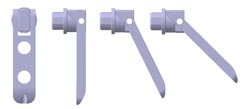Energy Tool
Development of an Energy Visualization Tool .With the possibility to control specific
devices in the household.
Summary
This report presents a master thesis project that has been executed at the department of Product and Production Development at Chalmers University of Technology by Anna Berglund and Olof Hartelius. The project is a part of the master program Industrial Design Engineering and has been carried out in cooperation with Exibea AB. The project constitutes of 30 hp (ECTS) and has been ongoing from February 2010 to August 2010
The world faces an enormous challenge when it comes
to decreasing its carbon dioxide emissions in the next
twenty years, in order to keep the global warming to a
minimum. Today 80% of the world’s energy production
emits carbon dioxide and a substantial part of the energy
produced is consumed in consumer households. Today
there is an expenditure of energy in these households. By
providing feedback of the energy consumption, a change
in behavior and attitudes can be achieved that leads to
less energy waste.
Exibea AB is a small Gothenburg company that has developed
an energy display called Eliq. Eliq provides the
users with real time feedback and historic information
concerning their electricity usage. The idea is to help the
users to decrease their electricity consumption and by so
contribute to a more sustainable society. The goal of this
project is to, develop a product concept that motivates
and facilitates consumers to reduce their energy consumption
in the household through the use of feedback
for Exibea AB.
The project group carried out a theoretical and an empirical
pre-study. In the theoretical pre-study the global and
local energy situations were investigated together with a
literature review of household energy usage and behavior
change.
A market analysis was performed and the target group
was defined. In the empirical pre-study two interview
sets and a questioner were performed that concluded that
the consumers lackan understanding of energy, lack a relation
towards their energy consumption and do not feel
in control of their energy usage. Furthermore cost was
identified as the most motivating factor for decreased energy
consumption closely followed by minimizing one’s
contribution to global warming.
In the development phase a product vision was created
and further delimitation and goals of the project were
defined. A number of concepts were developed and
evaluated in an iterative process using for example focus
groups, a pros and cons list and a usability test
The final result is an attractive energy display called Eniq
that will be launch on the market in three year time. Eniq
fits well into a contemporary Swedish home. The display
presents the current energy output, which creates
an understanding for and awareness of energy usage for
the consumer. According to theory presenting energy
consumption feedback has the potential to decrease the
energy usage with up to 20 percent. The display further
provides the user with key values including for example
cost in order to give the user a quick understanding of
the current energy situation. Historical energy information
is presented in an interactive diagram, which allows
the user to monitor changes in the energy consumption.
The user is also given the possibility to control specific
devices in the household, which allows the user to keep
the energy consumption at a minimum.
Skriv ut ![]()



 Ulrike Rahe
Ulrike Rahe